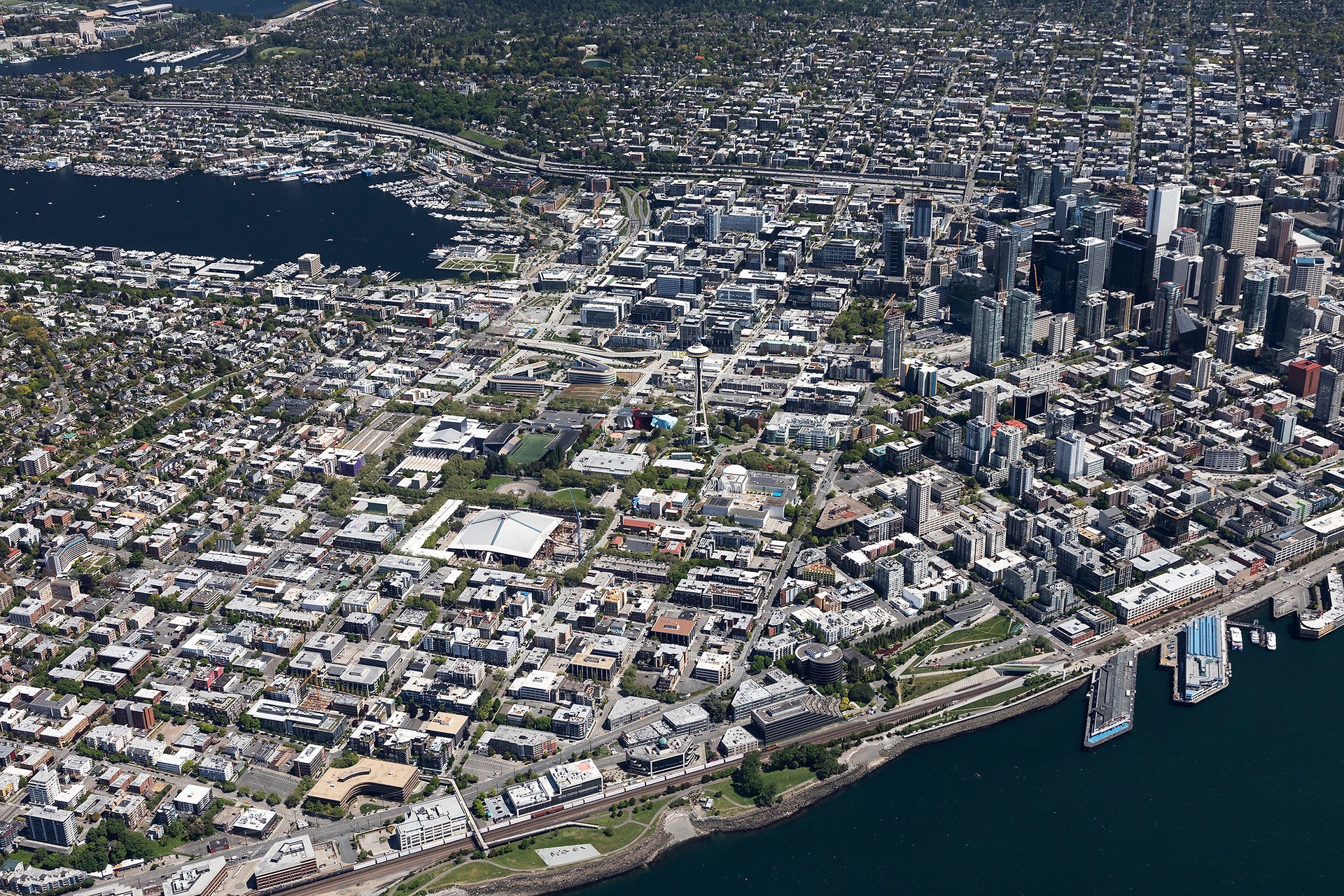You Define Your Neighborhood
- Matt Hays

- May 20, 2021
- 3 min read
Updated: May 21, 2021

This is a small post about empowerment – and how we define, and can disagree about defining, our neighborhoods.
Neighborhood names and boundaries come up a lot, personally and professionally. You might even feel passionate in some cases!
For example maybe you think that Columbia City ends at MLK, or Old Bellevue isn't really part of Downtown. Maybe the suburbs start at 85th. Or maybe you believe the opposite of all of that.
Either way, you're right. We're all right.
There's No Decider
Occasionally I hear the notion that there are "official" versions of neighborhoods, usually by people referring to planning boundaries or district marketing.
Those instances are about mapping for narrow uses, and don't necessarily carry additional weight. Expedient or marketing-based names are typically attached, which may or may not reflect what most people say in real life. At best, it's about shoehorning reality into convenient boxes. As an analyst I appreciate boxes.
But a neighborhood is an idea. Ideas are personal, or the collective versions of personal. And we each view any neighborhood through our own prism.
Maybe your prism is as a resident or visitor. Or maybe it's based on the retail submarket or demographics with objective data. In any case your prism or criteria will be personal. The collective view will be comprised of individual views. This means that even an objective definition of a neighborhood will vary.
Some spots don't necessarily belong to any major district. Others might belong to more than one. Rainier Vista is its own thing, and might also be considered part of Columbia City. The greenbelt next door might not belong anywhere. Planning districts need to include every inch somewhere, and sometimes end with odd definitions.
Names are tied to history, habit, and administrative decisions. Common use is also malleable. Belltown used to be a small area, and now that name covers much of what used to be called the Regrade. Apparently Belltown was more marketable. Now it butts up against the Denny Triangle, a once-nameless area. Ask two people about the boundary and you'll get two answers (Sixth, I say officially).
Further, reality is fluid, even if planning districts and maps rarely change. Add a few more buildings, a few years of retail evolution, new people moving in...
More importantly, your personal opinion doesn't need to be objective at all.
About Lower Queen Anne
Lower Queen Anne is a good example of some of these points.
The City of Seattle recently decided that every department will call Lower Queen Anne "Uptown" at the encouragement of some local leaders. That'll likely filter to most maps and popular usage over time. But neighborhoods are defined by people, and some of us still like the old way. That’s our choice.
The "Uptown" side has some historic basis, and I'll admit that it's a distinctive and evocative name as one of just 30 Uptowns in the US and Canada per Wikipedia. It's good to get rid of unique, location-identifying names that people tend to get wrong. "Pike Place Market," we're coming for you. (Calming down…)
Lower Queen Anne's boundaries are hugely debatable. For starters, the City's urban center definition includes the odd triangle between Seventh (formerly Aurora) and the Center. But is it really more South Lake Union now that they're reconnected? The CRE market is acting like it, the land use code is similar, and the DSA agrees. Or maybe it's kinda both and kinda neither.
So let the City and others draw lines and pick names for their use. But a neighborhood is what you, and we, think. Make your own choices!




Comments